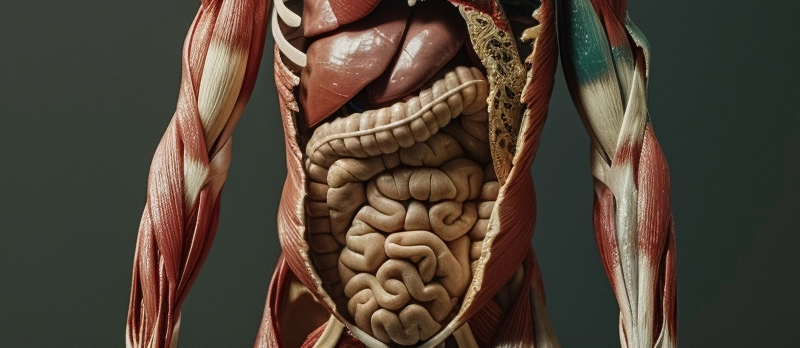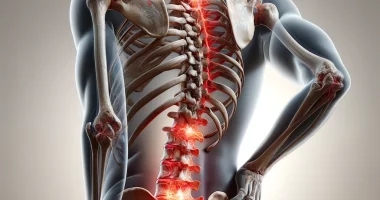Bile duct cancer
What is bile duct cancer?
In bile duct cancer, the malignancy arises in the common hepatic, vesicular, or common bile duct, meaning that initially, the liver tissue remains intact.
Cancer of the biliary tract is considered a rare disease. In the general structure of oncologic pathologies, the frequency of such tumors does not exceed 1%. The disease is diagnosed in men 1.5-2 times more often than in women. Among patients, persons over 60 years of age predominate. About 50% of tumors account for cancer in the common bile duct.
The malignant transformation of epithelial cells forms cancer. Such tumors are characterized by infiltrative growth, spread along the course of the duct, and rapid metastasis to lymph nodes and the liver.
In bile duct cancer, there is always a high risk of involvement of important vessels (hepatic artery, hepatic vein, and portal vein). The tumor may infiltrate the duodenum and the pancreas.
Types of bile duct cancer
Depending on the size and extent of the tumor, the following stages of cancer are distinguished:
- First – malignant transformation affects only the mucosal layer.
- Second is the tumor infiltrates the submucosal and muscular layers.
- Third – the entire wall of the duct is involved. Initial invasion of the tumor into surrounding structures and regional lymph nodes is possible.
- Fourth. Nearby organs (stomach, duodenum, pancreas, other ducts, liver, and hepatic vessels) are involved.
Regardless of the size of the tumor, in the presence of distant metastases, it is said to be stage four cancer.
Symptoms of bile duct cancer
Early manifestations of duct tumor correspond to the symptoms of biliary tract pathology. The first sign of the disease may be jaundice. In some patients, it appears suddenly; in others – it intensifies over several months or runs in waves. This symptom is observed in almost all patients with biliary tumors.
The clinical picture of bile duct cancer consists of the following manifestations:
- constant pain in the right subcostal region, which increases at night;
- digestive disorders (heaviness after eating, nausea, flatulence);
- weight loss;
- fever.
Obstruction of the duct by tumor is accompanied by increased jaundice, skin itching, discoloration of feces, and darkening of urine. Complete obstruction may cause cholangitis and a purulent process in the gallbladder. Multiple gastrointestinal dysfunctions and enlargement of the liver and gallbladder characterize the late stages of tumor development.
Causes of bile duct cancer
The following conditions predispose to cancer of the biliary tract:
- anatomical features of the bile ducts, preventing the outflow of bile;
- inflammatory ductal disease;
- chronic inflammatory bowel disease;
- infectious diseases;
- contact with toxic substances.
The development of the disease is promoted by mechanical irritation of the walls of the ducts with concretions in biliary stone disease.
Diagnosis of bile duct cancer
Initial diagnosis of bile duct pathology is carried out with the help of biochemical blood analysis and ultrasound of the liver and gallbladder. If intraductal hypertension and dilation of intrahepatic ducts are detected, the degree of occlusion of biliary tracts should be clarified. For this purpose, percutaneous transhepatic cholangiography, magnetic resonance, or contrast-enhanced computed tomography are prescribed. A comprehensive examination of the whole body is carried out to detect metastases using radiography, CT, MRI, and laboratory tests.
Treatment of bile duct cancer
A personalized treatment program is prepared based on the tumor’s stage, localization, and volume. The disease is comprehensively treated – using surgical and conservative methods. This approach helps to achieve remission and reduces the risk of recurrence.
Conservative treatment
As part of a comprehensive treatment, remote intraductal radiation therapy and chemotherapy may be performed. If necessary, these methods are combined. Sometimes, they are used in addition to surgical treatment or as part of palliative therapy in inoperable patients. HIPEC intra-abdominal chemotherapy demonstrates a high level of efficacy against abdominal metastases.
Surgical treatment of bile duct cancer
Surgery for bile duct cancer involves the removal of the common bile duct, gallbladder, involved part of the liver, pancreas, stomach, and small intestine. The scope of intervention depends on the tumor’s extent and metastases’ presence. Depending on the clinical case’s peculiarities and the clinic’s technological capabilities, classical open interventions and minimally traumatic (laparoscopic) operations are performed.
In advanced forms of the disease, palliative surgeries are performed to reduce the volume of the tumor and improve the functions of internal organs. In this case, surgical treatment helps alleviate the disease’s symptoms.
All these treatment options are available in more than 850 hospitals worldwide (https://doctor.global/results/diseases/bile-duct-cancer). For example, Hyperthermic intraperitoneal chemotherapy (HIPEC) can be done in 8 clinics across Germany for an approximate price of $31.5 K (https://doctor.global/results/europe/germany/all-cities/all-specializations/procedures/hyperthermic-intraperitoneal-chemotherapy-hipec).
Prevention of bile duct cancer
To reduce the risk of developing ductal cancer, it is essential to eat rationally, treat gastrointestinal diseases promptly, and undergo regular preventive examinations.
Rehabilitation after surgical treatment
In the postoperative period, therapeutic measures are carried out by a personally designed program. The patient receives symptomatic treatment. The period of hospitalization and the specifics of rehabilitation depend on the volume and complexity of the intervention.
Advancements in Treatment
Recent advancements in the treatment of bile duct cancer include:
- Improved surgical techniques for higher resectability rates.
- Targeted therapies and immunotherapies.
- Enhanced imaging technologies for better diagnosis and staging.
Impact on Quality of Life
The diagnosis and treatment of bile duct cancer can significantly impact patients’ quality of life, affecting their physical, emotional, and social well-being.
Conclusion
Bile duct cancer is a complex disease that requires a multi-faceted treatment approach. Early detection remains challenging, making awareness of risk factors and symptoms crucial. Advancements in surgical techniques, chemotherapy, radiation therapy, and targeted therapies offer hope for improved outcomes. Ongoing research and clinical trials continue to explore new treatment possibilities.




